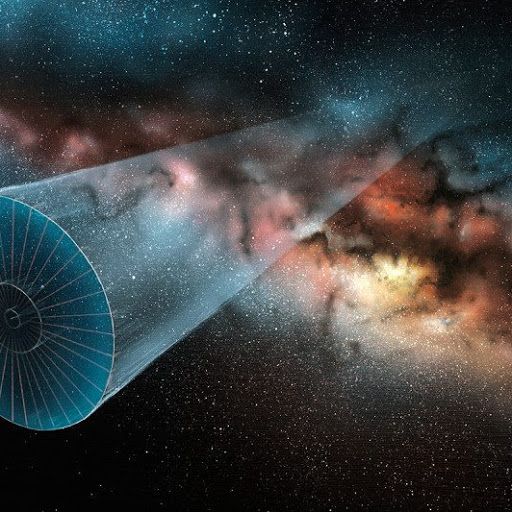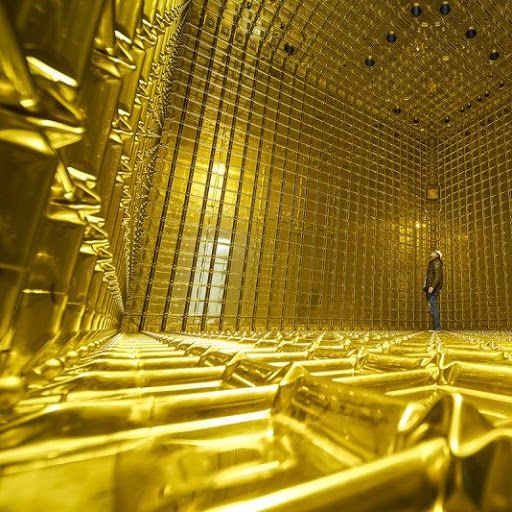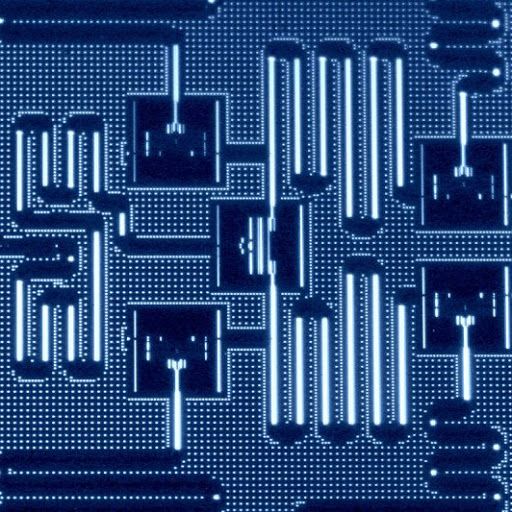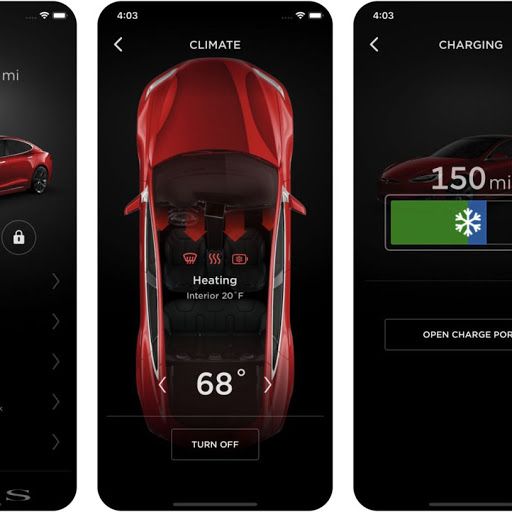Feb 11, 2018
Should we seed life through the cosmos using laser-driven ships?
Posted by Genevieve Klien in categories: innovation, space
Light sails can later use space-dust braking Richard Bizley/Science Photo Library By James Romero Our galaxy may contain billions of habitable worlds that don’t host any life. Should we attempt to change that? Breakthrough Starshot is a project with ambitious aims to use such systems to send tiny, lightweight probes to Alpha Centauri. The goal is to take pictures of our nearest star, but these systems could also deliver much larger payloads into orbit around nearby stars, says Gros. Potential targets include the planetary system around TRAPPIST-1, a red dwarf star just 40 light years away…


















